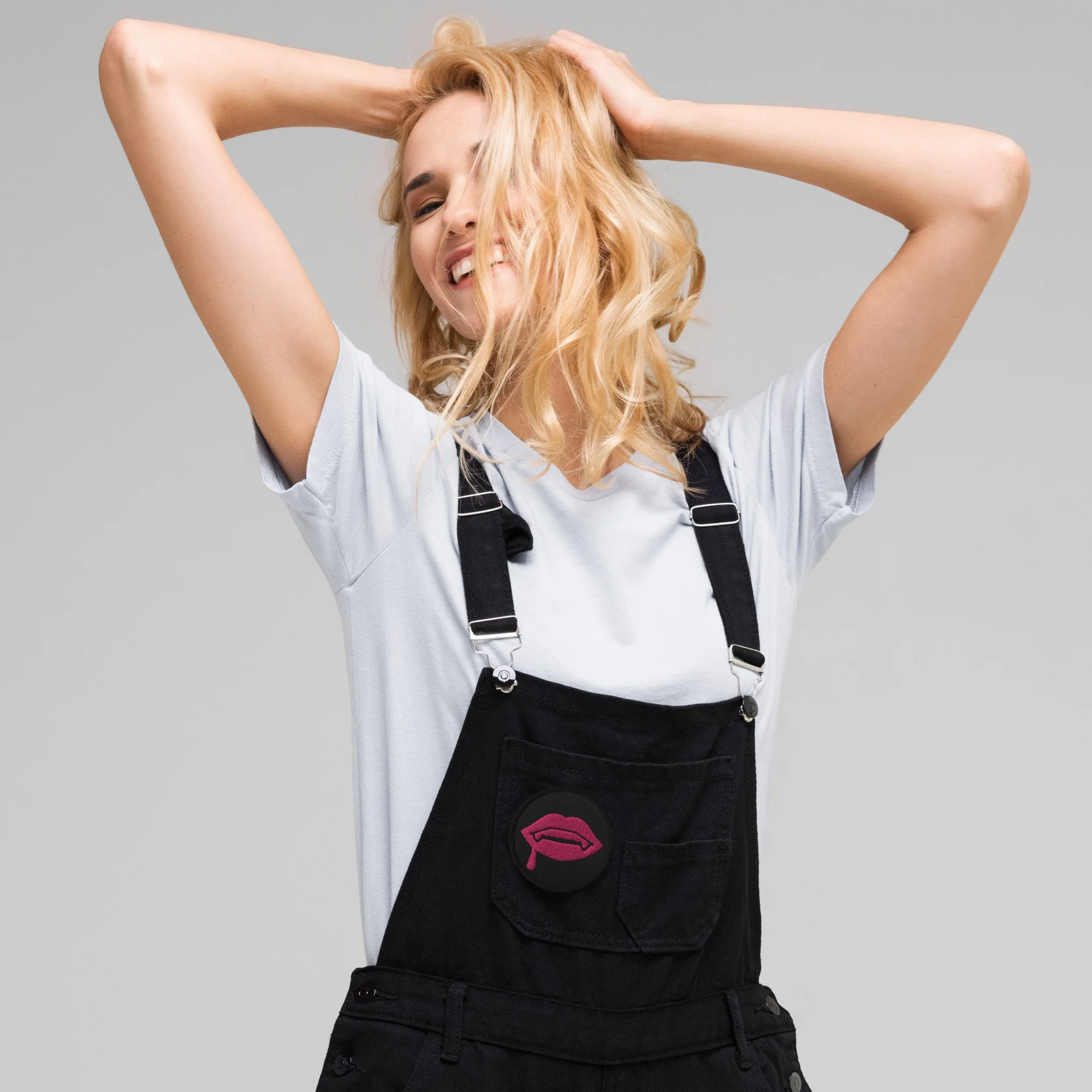[Editorial] 8 Mind Horror Short films
When people think of horror, it's often the bodily horrors that come to mind first. Works that are chock full of maimings, slayings, slashings and spurting blood clearly mark themselves as full-on frighteners.
But some of the most terrifying horrors are those that take place entirely under the skin, where the mind is the location of the fear. Psychological horror has the power to unsettle by calling into question the basis of the self - one's own brain. If your own mind becomes unreliable, then the perception of reality itself becomes fluid and unstable - a truly horrifying concept. It can also explore the way in which psychological harm can be done to us by others - wounds that can cut deeper than any knife slashes or axe chops.
Laura Hasn't Slept (2020)
The 2022 hit film Smile was preceded by this short from director Parker Finn. In it, Laura visits a therapist due to suffering recurring nightmares, which are so vivid that she’s denying herself sleep. In the course of the session lines between sleep and waking, and reality and dream become blurred, and it seems that Laura may have no escape from the visions of a smiling man that are plaguing her. The short acts as a form of prequel to Smile - the patient that Rose sees at the beginning of the film is named Laura and is also played by Caitlin Stasey. Laura Hasn’t Slept is an excellent companion piece to Smile, showcasing the compelling concept behind the film via a superb performance by Stasey, who convincingly portrays Laura’s utter terror and helplessness in the face of an intangible yet inescapable threat.
The Bridge Partner (2015)
Psychological warfare can crop up in the unlikeliest of situations - in The Bridge Partner, the field of battle is a suburban bridge club. At the Moss Harbor bridge group, shy Mattie is paired up with Olivia, a new, glamorous member. Despite Mattie’s shortcomings at bridge, Olivia is the picture of gracious charm - until she whispers a threat into Mattie’s ear. No-one believes her claims that Olivia could be dangerous, and even Mattie starts to doubt herself. A game of cat-and-mouse ensues between the two women, playing on themes of nature v nurture and the psychology of predators and prey.
Glass Cabin (2019)
A young tennis player goes on a retreat for training, staying in a remote, snowbound cabin. After an unsettling encounter with a man who supposedly has information for her about the rental, she begins to feel a growing sense of being both trapped and watched. The titular glass walls add to her feeling of being exposed, and her isolation from the familiar is demonstrated by her repeated and unsuccessful attempts to call someone back home. The film is very light on dialogue and uses intense and jarring sound design to mirror the increasingly fraught psyche of the protagonist.
Annie's Lamp (2021)
From creators Deformed Lunchbox, Annie's Lamp is a short, twisty tale of murder and suspect memory. When Annie's abusive husband finally pushes her too far, she takes matters into her own hands. But Annie's own mind could prove to be her worst enemy, as her memories of the perfect cover-up might not be as real as she thinks.
The Interview (2019)
Michael is attending an interview at the enigmatically minimalist offices of a company that specialises in “radical” forms of systems analysis. The interviewer warns him that the position requires an amount of “mental resilience”, and the interview questions themselves start to veer into more personal and bizarre subjects. The Interview touches on questions around the psychological power of authority, and how much of ourselves we are expected to offer up to our workplaces. Rory Kinnear is as ever superb at exuding polite menace and brings an air of horribly plausible cruelty to his role as the interviewer.
Chromophobia
Chromophobia follows clinical psychiatrist Dr Haver’s treatment of her new patient, Arthur, a man afflicted with a fear of colour. She attempts to use his talent as an artist to help with his therapy but ends up discovering an unnerving power in Arthur’s drawings, that could justify his phobias. Arthur’s repetitive drawings have the character of an incantation, and the build-up of anticipation makes for a tense scene when the subject of the drawings is finally shown.
The Sound (2021)
The Sound takes place in a single location - a house where a man is being driven to distraction by a persistent clicking noise. He becomes increasingly desperate to find and eliminate the cause, even when he begins to suspect that the sound isn’t coming from an external source. A riff on Poe’s “The Tell-Tale Heart”, The Sound is an eerie tale of guilt with a gut-wrenching twist.
The Black Tower (1987)
The Black Tower is a story told in voiceover narration from the point of view of a man living in South London, who begins to see a strange building in various locations. He comes to realise that his sightings of the tower are geographically impossible, and no-one else has seen it. It's a beautifully understated film, full of kitchen sink minutiae about corner shops, fried breakfasts, and ice cream vans. The narrator's matter-of-fact tone never wavers, even as the details of his experience become more disturbing, and the accompanying imagery more surreal.
























![[Editorial] “I control my life, not you!”: Living with Generalised Anxiety Disorder and the catharsis of the Final Destination franchise](https://images.squarespace-cdn.com/content/v1/5fe76a518d20536a3fbd7246/1696444478023-O3UXJCSZ4STJOH61TKNG/Screenshot+2023-10-04+at+19.30.37.png)
![[Editorial] 5 Slasher Short Horror Films](https://images.squarespace-cdn.com/content/v1/5fe76a518d20536a3fbd7246/1696358009946-N8MEV989O1PAHUYYMAWK/Screenshot+2023-10-03+at+19.33.19.png)
![[Ghouls Podcast] Maniac (2012) with Zoë Rose Smith and Iona Smith](https://images.squarespace-cdn.com/content/v1/5fe76a518d20536a3fbd7246/1696356006789-NYTG9N3IXCW9ZTIJPLX2/maniac.jpg)
![[Editorial] If Looks Could Kill: Tom Savini’s Practical Effects in Maniac (1980)](https://images.squarespace-cdn.com/content/v1/5fe76a518d20536a3fbd7246/1694952175495-WTKWRE3TYDARDJCJBO9V/Screenshot+2023-09-17+at+12.57.55.png)
![[Editorial] Deeper Cuts: 13 Non-Typical Slashers](https://images.squarespace-cdn.com/content/v1/5fe76a518d20536a3fbd7246/1694951568990-C37K3Z3TZ5SZFIF7GCGY/Curtains-1983-Lesleh-Donaldson.jpg)
![[Editorial] Editor’s Note: Making a slash back into September](https://images.squarespace-cdn.com/content/v1/5fe76a518d20536a3fbd7246/1694354202849-UZE538XIF4KW0KHCNTWS/MV5BMTk0NTk2Mzg1Ml5BMl5BanBnXkFtZTcwMDU2NTA4Nw%40%40._V1_.jpg)